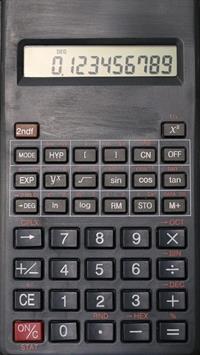PDF chapter test TRY NOW
While cooking a dish, we don't measure the ingredients or the raw materials accurately all the time. But we put all the ingredients approximately during preparation.

Similarly, while taking measurements, it is impossible to set an exact value. So, we prefer an approximate value.
Approximation is the process of finding a number, which is acceptably close to the exact value of the measurement of a physical quantity.
In other words, it is a numerical estimation derived by rounding a number to the nearest decimal place value.
Solved example
Let us say, the heart beat of a person is \(72\) times per minute. Find the approximate heart beat of the person in a day.
Time \(=\) \(1\) day
Heart beat rate \(=\) \(72\) per minute
Thus, the approximate heart beat of a person in \(1\) day is \(103680\).
Rounding off
In everyday life, calculators are commonly used to perform calculations. A calculator will give a result with an excessive number of digits. So, the result with more digits should be rounded off to the nearest value. This technique of rounding off is applied in several fields of physics.

Rules for rounding off
The following are the few rules to be followed in rounding off the numbers.
Rule 1: Identify the last digit to be kept.
Rule 2: If the following digit is less than \(5\), retain the same number.
Rule 3: If the following digit is equal to or greater than \(5\), increase the number by one.
Example 1:
Round off the number \(1.344\) to two decimal places.
Step 1: The second digit, \(4\), is the last digit to be kept.
Step 2: The following last digit, \(4\), is less than \(5\). So, retain it as \(4\) itself.
Thus, the round off number is \(1.34\).
Example 2:
Round off the number \(1.456\) to two decimal places.
Step 2: The following last digit, \(6\), is greater than \(5\). So, it is increased by one, which gives \(6\).
Thus, the round off number is \(1.46\).
